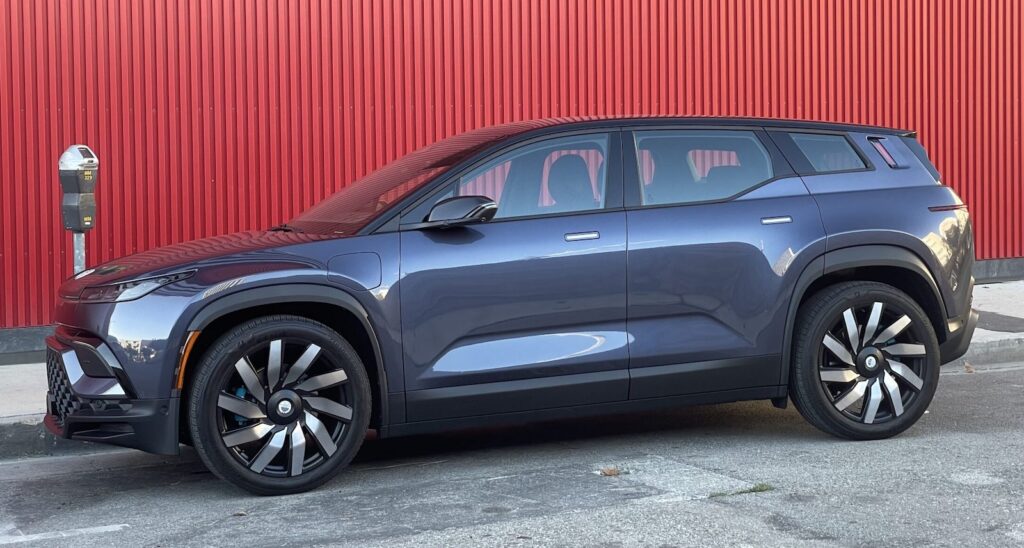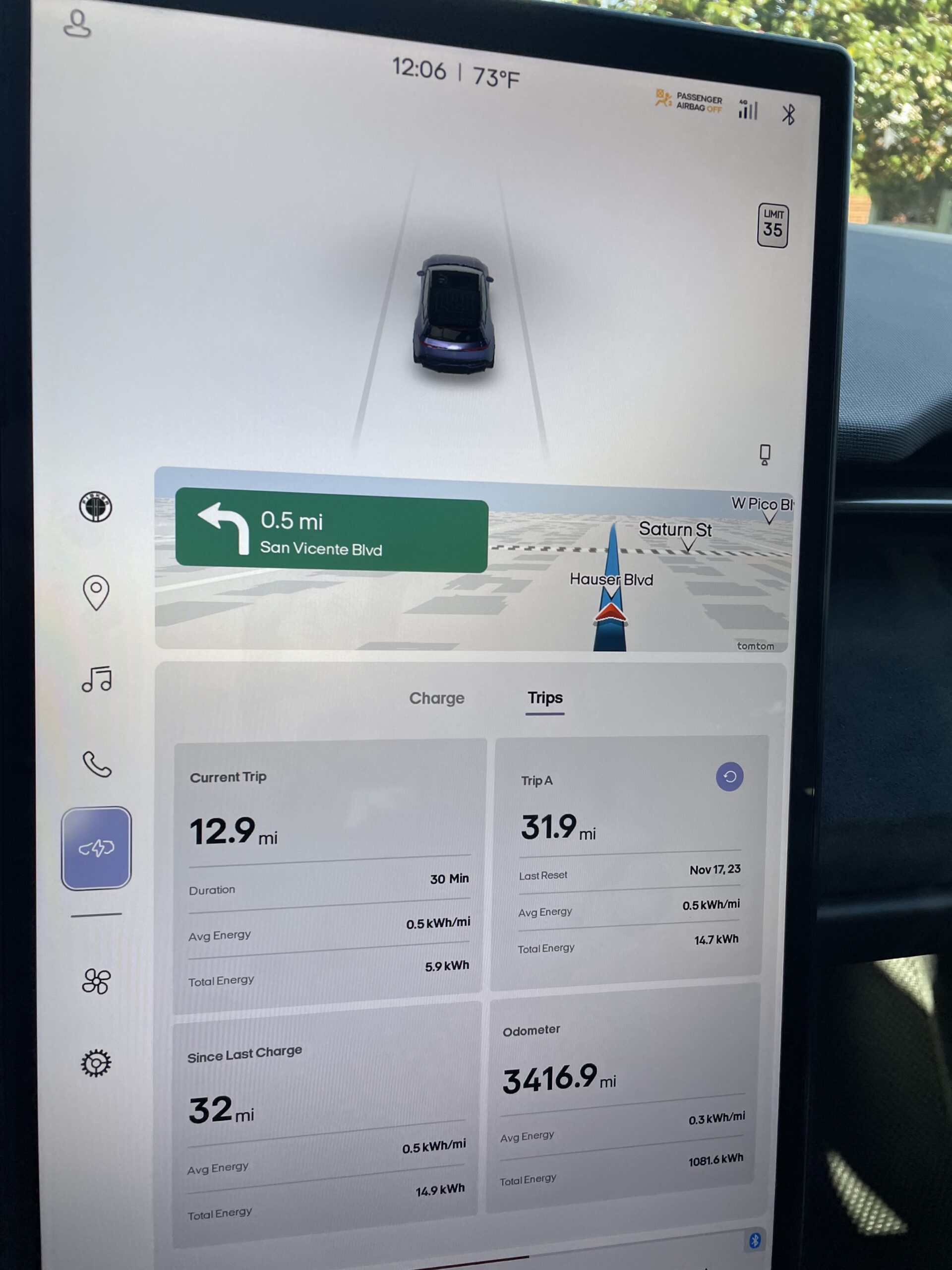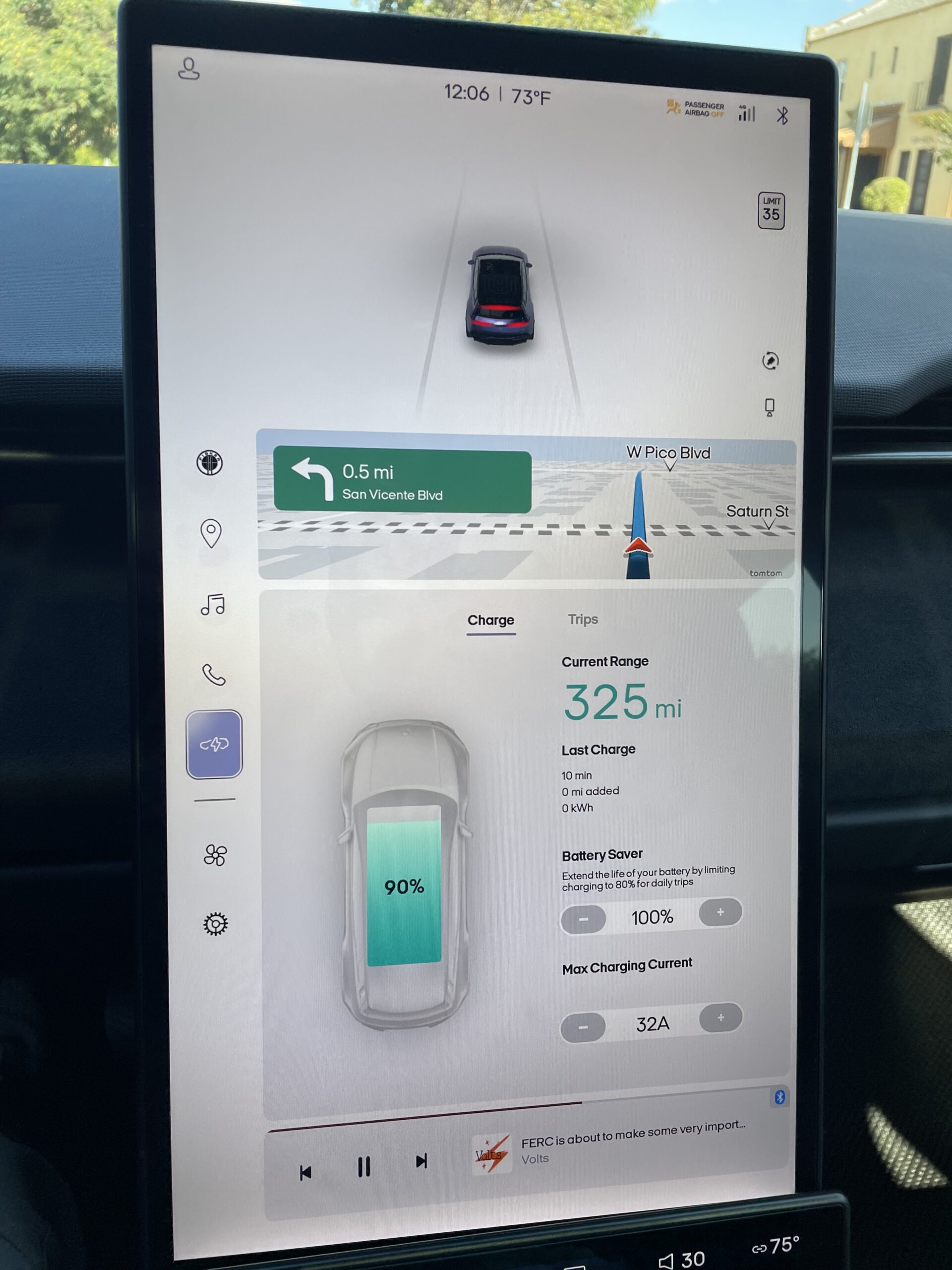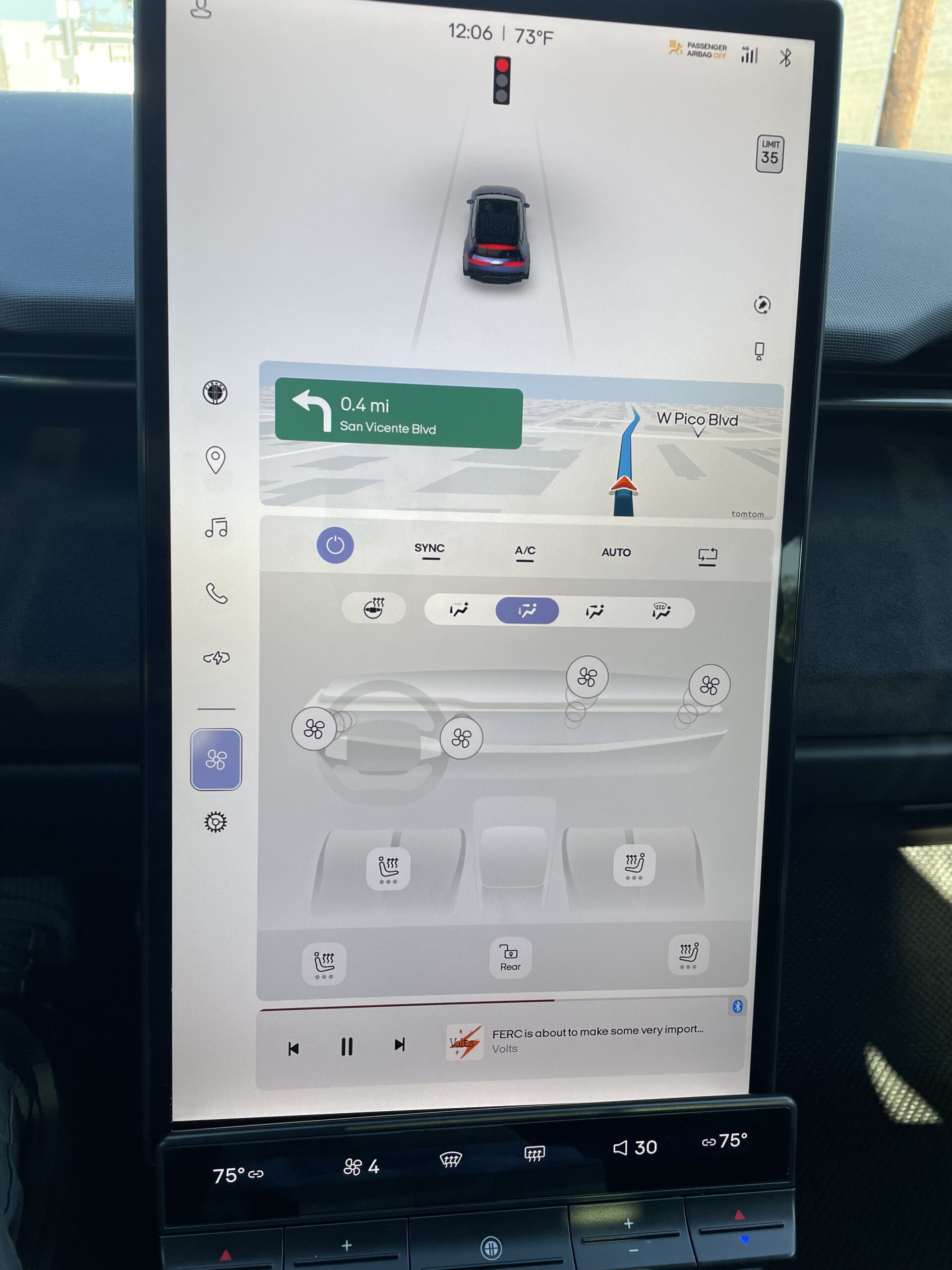Fisker invited me to drive the new Fisker Ocean on an extended test drive. I was invited me to an event where they explained how they design their cars to have the lowest lifecycle carbon footprint of any electric SUV, and I got to see their production-intent, very economical PEAR and midsized pickup called the Alaska. I’ll cover my thoughts on the presentation, the PEAR, and the Alaska in another article. This article will be on the Fisker Ocean Extreme I drove (which is the top-of-the-line model starting at $61,499).
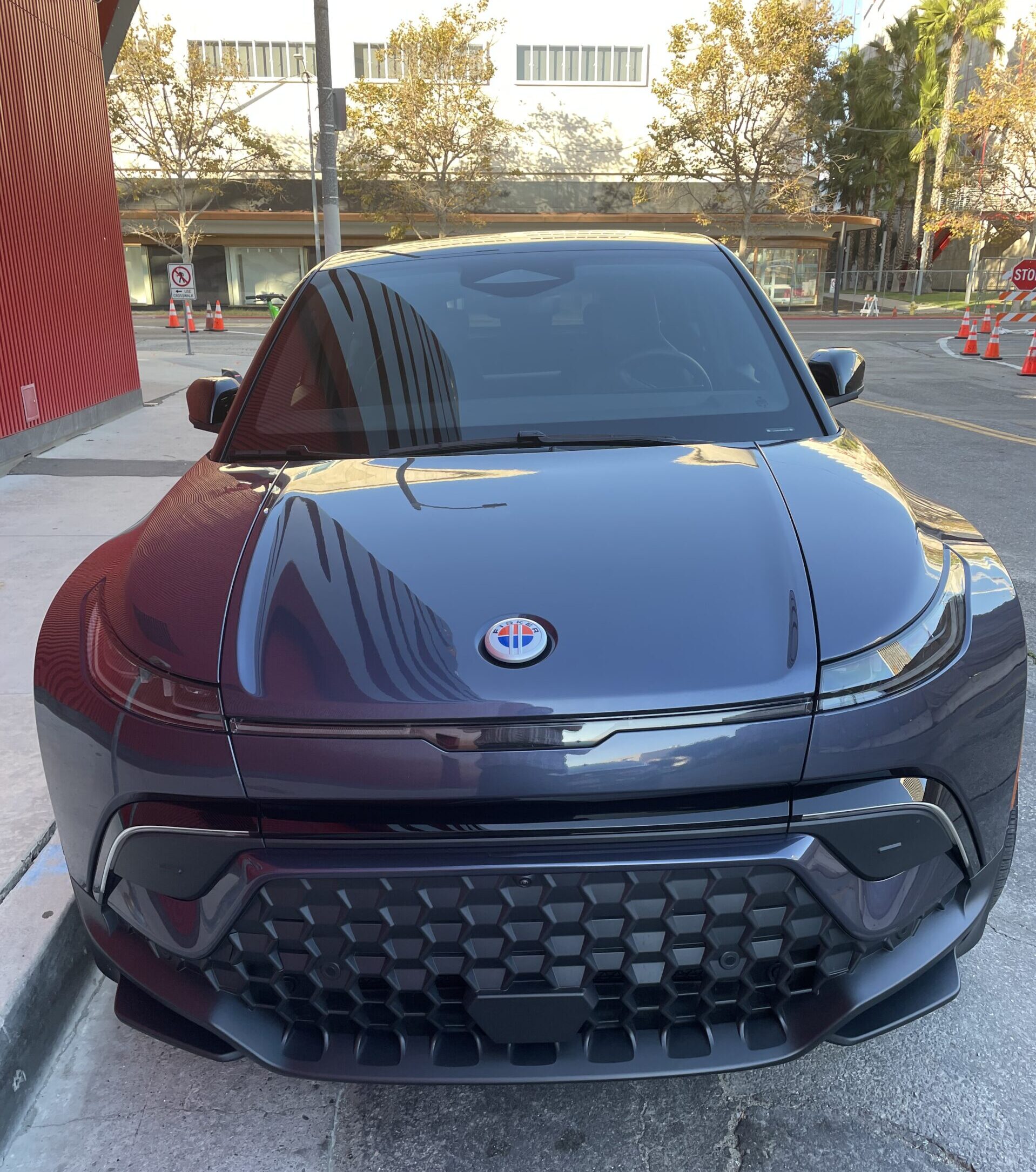
The Fisker Ocean is an all-electric SUV that is based on a platform developed with the contract manufacturer Magna. The Ocean is available in three different trim levels: Sport, Ultra, and Extreme. The Sport trim has a range of 250 miles, while the Ultra and Extreme trims have ranges of 350 and 360 miles, respectively. All three trims come standard with a 17.1-inch touchscreen infotainment system, a panoramic glass roof, and a suite of driver-assistance features.
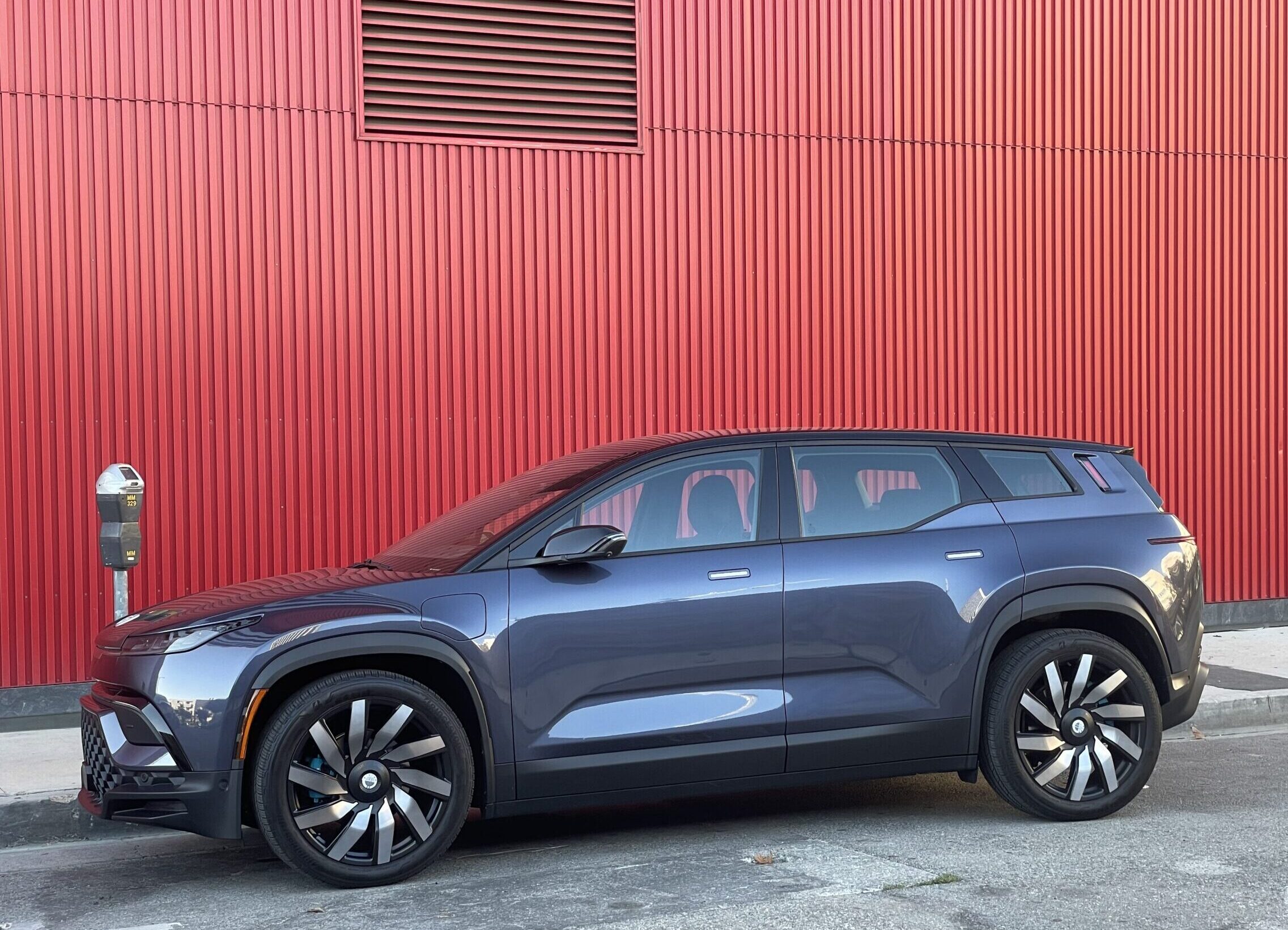
The Ocean is about the same size at the Tesla Model Y. It is an inch longer, less than an inch taller, and less than an inch wider. I found it a stylish and modern SUV that is sure to turn heads. The exterior is sleek and aerodynamic, with a long wheelbase and a short overhang. The interior is spacious and comfortable, with plenty of room for passengers and cargo. The materials used in the interior are high quality, and the overall fit and finish is excellent.

The Fisker Ocean is a joy to drive, but the traction control and throttle control are less refined than other electric cars I have driven. There is a software update coming that should improve the smoothness of the traction control, antilock braking, and throttle response. I found the ride smooth and comfortable. The electric powertrain provides plenty of power, and the car can accelerate from 0 to 60 mph in just 3.7 seconds. The Ocean also has a number of driver-assistance features that make it easier to drive in traffic, such as adaptive cruise control and lane departure warning. The adaptive cruise control wasn’t yet enabled on my test car, but this is also expected to roll out as an over-the-air update. That feature will be crucial to be competitive in this space.
The Fisker Ocean’s dashboard is dominated by the 17.1-inch touchscreen infotainment system, which takes up most of the center console. The high-resolution display is where you control the brains of the car, providing access to a wide range of features, including navigation, music, phone, climate control, vehicle settings, and apps.
The Fisker Ocean’s software is packed with features and functionality. The navigation system worked well. Although, it took me a little while to figure out how to adjust the too-loud navigation prompts (lower the volume using the physical volume button when it is giving directions), and it offers real-time traffic updates and dynamic routing.
The music player supports a variety of streaming services, including Spotify, iHeart Radio, and TuneIn Radio, in addition to FM radio (there is no AM or XM radio). The phone interface allows you to make and receive calls, send and receive text messages, and access your contacts.
The home screen features an intuitive layout with large icons for the main functions. You can easily access different pages, such as a navigation map, music player, and phone interface. Each screen is well designed and uncluttered, with easy-to-read controls and attractive graphics.
In addition to the touchscreen, the Fisker Ocean also has a 12.3-inch digital instrument cluster behind the steering wheel. This display shows essential information, such as speed, range, and navigation directions. The graphics are clear and crisp, and the layout is easy to read at a glance. I found the screen had a slight lag, which they will hopefully be able to solve with further optimization of the software, delivered by an over-the-air update.
The climate control system is also integrated into the touchscreen. You can use it to adjust the temperature, fan speed, and vent settings. The system also includes an automatic mode that will keep the cabin comfortable based on the current temperature and humidity.
In addition to these standard features, the Fisker Ocean also offers a number of optional features, such as a full-fledged solar glass roof that claims to be able to allow you to drive up to 2000 miles a year on the sun, an interior air filtration system, and a premium audio system.
Fisker Ocean Conclusion
The Fisker Ocean is a new electric SUV that has been generating a lot of buzz lately. It’s a stylish and spacious SUV with long range and impressive performance. However, there have been some complaints about the car’s software, which has been buggy and slow. Fisker has promised to fix these issues with a future software update.
In the meantime, there are still some things to like about the Fisker Ocean. The car has a comfortable and well-designed interior, and it’s fun to drive. It’s also packed with features, including a large infotainment system, a panoramic sunroof, and a vegan interior. However, the software issues are a major concern, and it’s unclear when they will be fixed.
If you’re considering buying a Fisker Ocean, you may want to wait until the software issues have been resolved. However, if you’re willing to overlook these issues, the Fisker Ocean is a promising new electric SUV.
Overall, the Fisker Ocean is a promising new electric SUV with a lot to offer. However, the software issues are a major concern. If you’re considering buying a Fisker Ocean, you may want to wait until the software issues have been resolved.
Disclosure: I am a shareholder in Tesla [TSLA], BYD [BYDDY], Nio [NIO], XPeng [XPEV], Hertz [HTZ], NextEra Energy [NEP], and several ARK ETFs. But I offer no investment advice of any sort here. Fisker covered some of my travel expenses to experience the car and presentation.
All images by Paul Fosse

